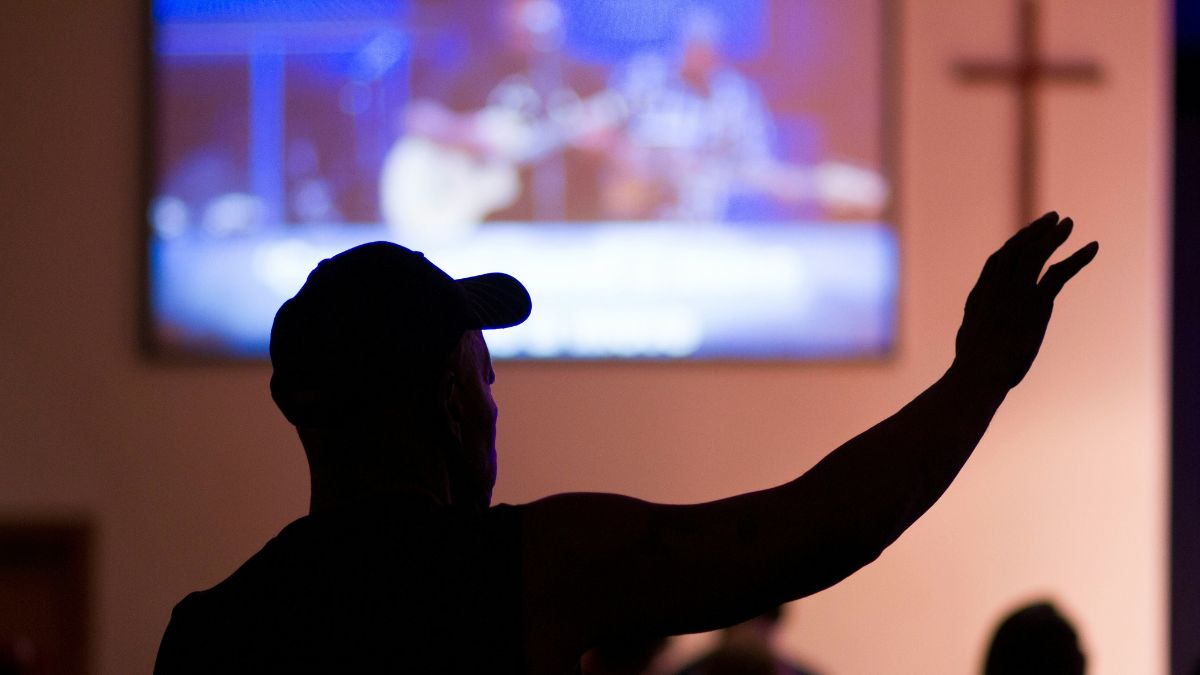

BreakPoint
Forbidden Food:
When you want to teach your kids the classic Christian message of sin and repentance, you can, of course go to the bookstore for good Bible study guides for children. But here's another idea: Try rummaging among old children's books, and get your hands on a copy of C. S. Lewis's bestseller, "The Lion, the Witch, and the Wardrobe." You will find that Lewis's fiction can often teach moral and spiritual lessons, like repentance, more effectively than nonfiction treatments. "The Lion, the Witch, and the Wardrobe" is the first volume in Lewis's famous Narnia series, featuring four British children during World War II who are magically transported into the world of Narnia. There they are given the heroic task of helping to undo a curse cast by an evil witch, which has kept the land frozen in perpetual winter. Through the younger boy, Edmund, Lewis portrays what happens when we give in to temptation - and then how we can be forgiven and restored. Soon after arriving in Narnia, Edmund is separated from the other children and approached by the White Witch. She offers him a magical candy that he finds addicting; eating it puts him under her power. As ethics professor Vigan Guroian writes in his book, "Tending the Heart of Virtue," "This encounter with the White Witch and the taste of her forbidden food marks the start of [Edmund's] long, lonely journey into the darkness." Soon his "temptation becomes an uncontrolled obsession and he is no longer able to enjoy good and legitimate pleasures." With deadly accuracy, Lewis has painted a picture of the way sin affects us. It doesn't announce itself as sin: It draws us in with something that seems pleasant and comforting, but which becomes addictive, blinding us to what is good and attracting us to what is evil. The story form makes these concepts come alive for young people: As Guroian writes, "Edmund's behavior is wholly believable and existentially compelling for young people. They can relate to the vortexlike inner force that swallows him up into his dark night and descent into a personal hell." As the story progresses, the charms of the magical candy eventually wear off, and Edmund begins to realize how cold and miserable he really is. The turning point comes when the boy is finally moved to compassion for someone besides himself. The selfish addiction is broken, and "just as the snow that covers Narnia begins to melt," Guroian writes, "Edmund's heart turns back to goodness." Through the story, children "see that, while it is difficult, admitting one's mistakes and errors is the right thing to do and may lead to forgiveness and true happiness." So why not buy "The Lion, the Witch, and the Wardrobe" and read it to your children at bedtime. Or get one of the good video adaptations. And then, after they've gone to sleep, get a copy of Vigen Guroian's "Tending the Heart of Virtue" and read it for yourself. It will help you understand how to use the power of imaginative literature to tend the hearts of your own children. Just as Jesus used parables to teach, so we, too, can use stories to help our children understand the Gospel--and then respond to the Savior.
06/7/99















